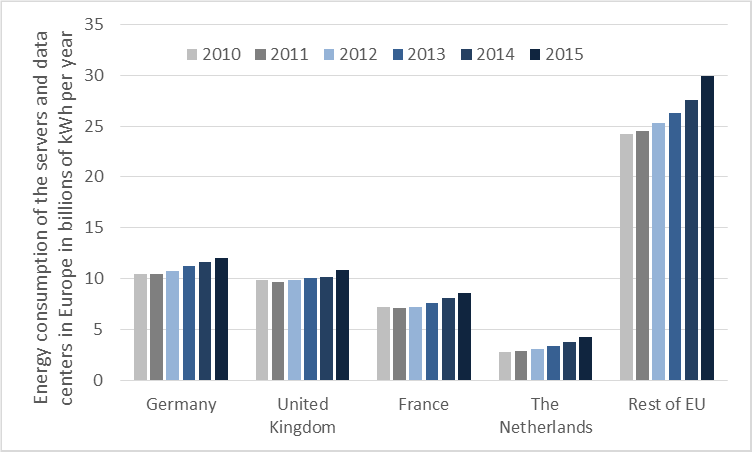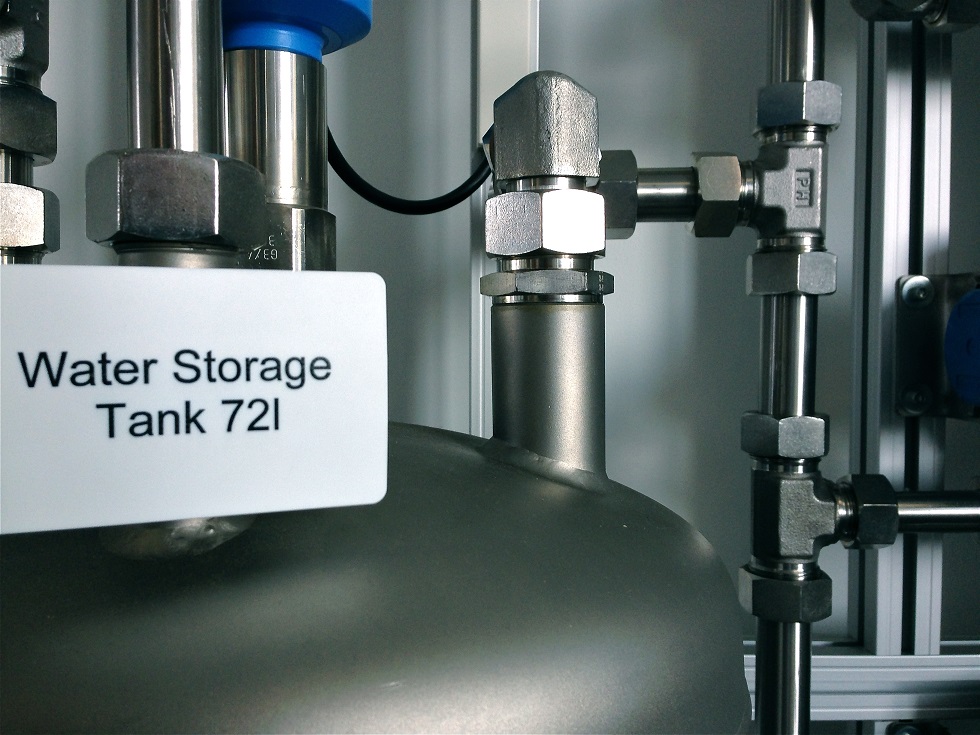3 Reasons Why Open Source is the Future of Data Center Hardware
The Open Compute Project (OCP) brings together hundreds of companies – vendors, system integrators, and users – to come up with the smart innovations that a modern data center needs, Robbert Hoeffnagel explains.

© gorodenkoff | istockphoto.com
The modern “digital enterprise” (as it is frequently named) is dependent on a constant flow of new business propositions to keep up with the competition. These initiatives are based more and more on a never-ending stream of technical innovations. Don’t expect traditional hardware suppliers to be able to keep up with the speed a modern enterprise prefers and – to be honest – needs. This can only be achieved by open source hardware projects like the Open Compute Project (OCP), where hundreds of companies – vendors, system integrators, and users – work together to come up with the smart innovations that a modern data center needs. Why? This article outlines three major benefits of working with open source hardware in a data center.
Data centers have relied on traditional hardware products for a very long time. But increasingly, we see that these legacy systems no longer meet the requirements of modern data centers. They do not give data centers and their (internal or external) customers the speed they need. Traditional hardware uses a lot of energy, with all of the costs and environmental impact that comes with that. Furthermore, managing a large data center full of traditional hardware is simply becoming too cumbersome – and to be honest: too expensive as well.
Which is exactly the reason why there is a need for an open source hardware movement which, to borrow a brief summary description from Wikipedia, means “that information about the hardware is easily discerned so that others can make it (….). Hardware design, in addition to the software that drives the hardware, are all released under free/libre terms. The original sharer gains feedback and potentially improvements on the design from the (….) community.”
So, what exactly is the Open Compute Project (OCP)? The Open Compute Project (OCP) is a collaborative community focused on redesigning hardware technology to efficiently support the growing demands on compute infrastructure. It all started in 2011, when Facebook shared its designs with the public and – along with Intel and Rack-space, Goldman Sachs and Andy Bechtolsheim – launched the Open Compute Project and incorporated the Open Compute Project Foundation. The five members hoped to create a movement in the hardware space that would bring about the same kind of creativity and collaboration we see in open source software. And that’s exactly what’s happening.
So why is OCP able to increase the much needed speed of innovation in the data center? And lower the costs at the same time?
As European Representative for the OCP, I would suggest there are three main reasons:
1. The Network Effect
Everyone can start an open source project. But how do you get scale and impact? When companies and organizations like Facebook, Rackspace, and NASA start an open source project, you can be sure that such an initiative gets noticed. Hundreds of companies – manufacturers, users and system integrators – have already joined OCP, and that number keeps growing. The latest two are 3M and LinkedIn – and there are more to come. That growth gives OCP a lot of brain power in terms of R&D, but it also generates a lot of sales for the vendors that have joined. Which obviously attracts more attention and more companies wishing to sign up.
2. Much more agility
Traditional vendors try to recoup their investments in product development by selling as many copies of one server design or switch design to as many customers as possible. But why would we want to buy a traditional server that is designed to run a wide variety of very different applications, when all you need is a piece of hardware that is optimized to perform just one specific task, but can do that task incredibly fast and well? The open source hardware community offers you just that: hardware that is fully optimized to the specific applications you want to run on them. But you obviously have to tell the community what specific requirements you may have. So it is give-and-take, and that is exactly what makes an open source project like OCP so strong and so hard to beat.
3. Lower costs
This is a topic that always generates heated debates. Is an open source-based server really cheaper than an off-the-shelf model from a traditional vendor? If I run Citrix or SAP on an OCP server, how does that lower my hardware costs? These are probably not the right questions to ask. The real question would be: What happens to the overall cost structure of your data center when you decide to build a new facility or renovate an existing one using OCP designs? You do the math and compare that to the costs of a traditionally designed and run data center.
Keeping up with the speed of OCP developments
One of the remarkable characteristics of an open source project like OCP is the incredible speed at which developments take place. Trying to keep up with all the technological innovations and other developments can sometimes be a challenge.
That is why the Open Compute Project is organizing its first regional summit. The first one will be in Amsterdam on October 1-2. These two days will be packed with presentations by both users and vendors. And quite a few OCP projects will present updates on the R&D and innovations they are working on. Besides that, there will also be an exhibition floor where you can meet the many companies that have developed products and services based on or inspired by OCP designs.
More information on the Open Compute Project can be found here: https://www.opencompute.org/
Robbert Hoeffnagel is European Representative of Open Compute Project Foundation. In that capacity he works with European media and trade associations to create awareness for open source hardware. Robbert is based in The Netherlands.
Please note: The opinions expressed in Industry Insights published by dotmagazine are the author’s own and do not reflect the view of the publisher, eco – Association of the Internet Industry.





